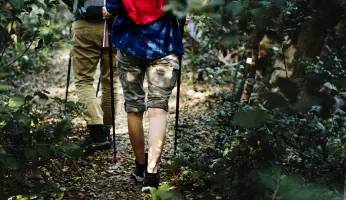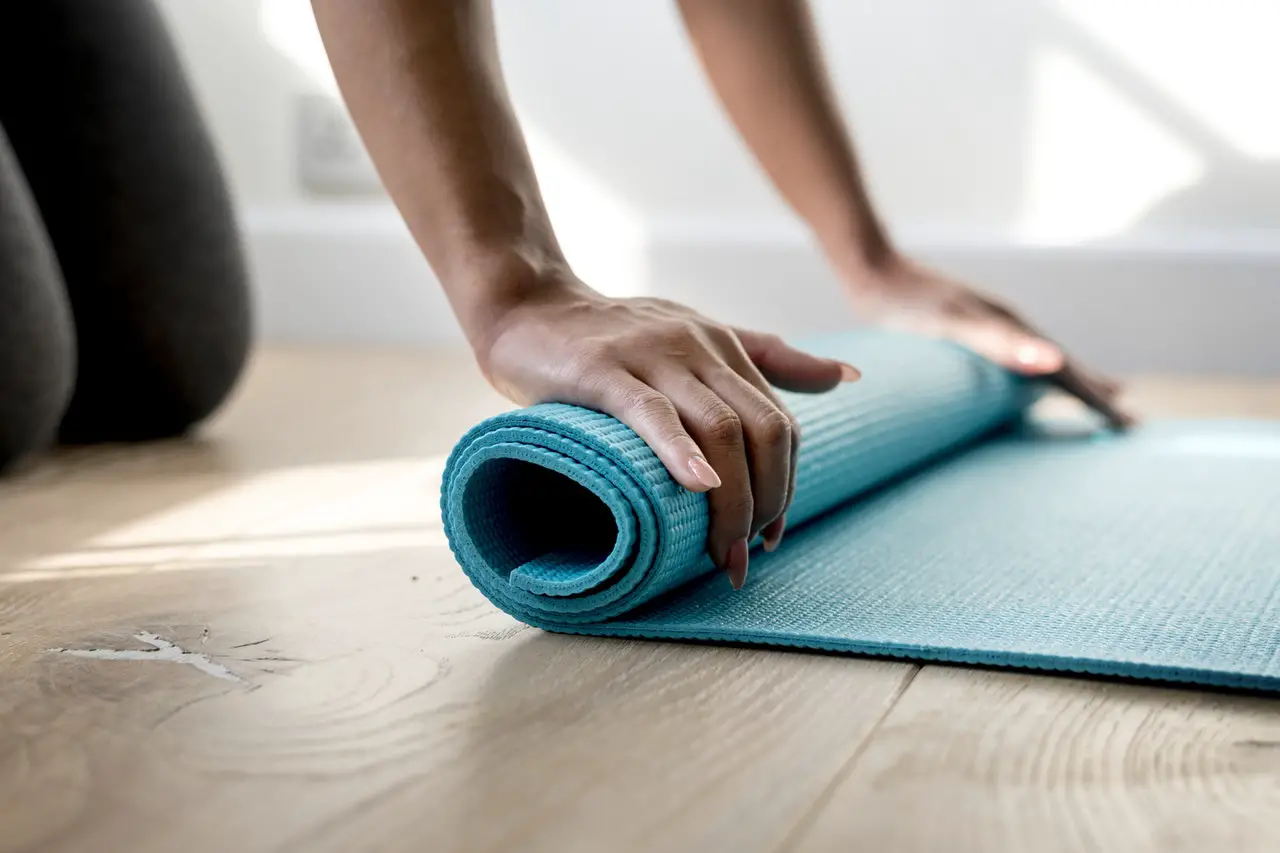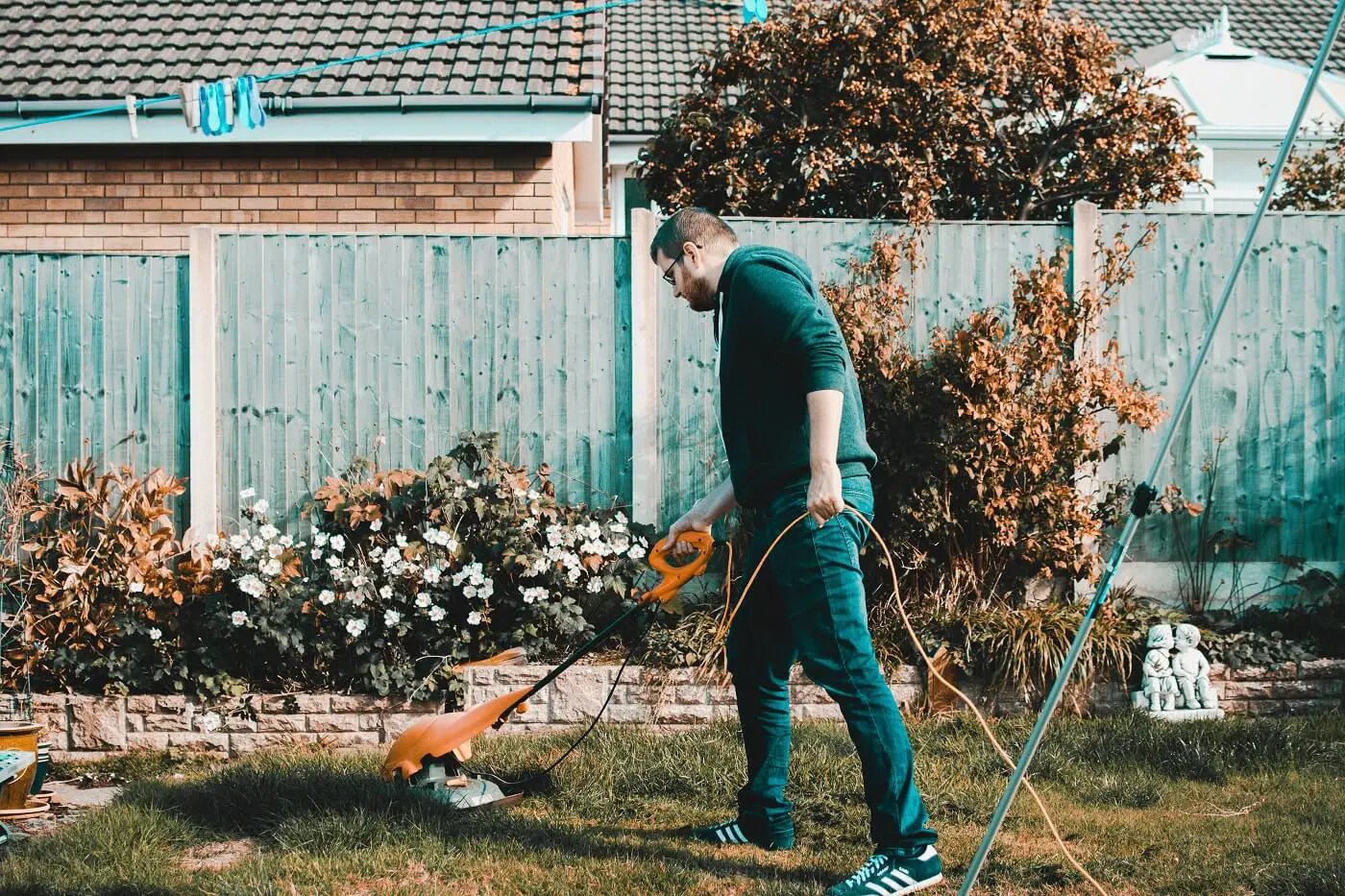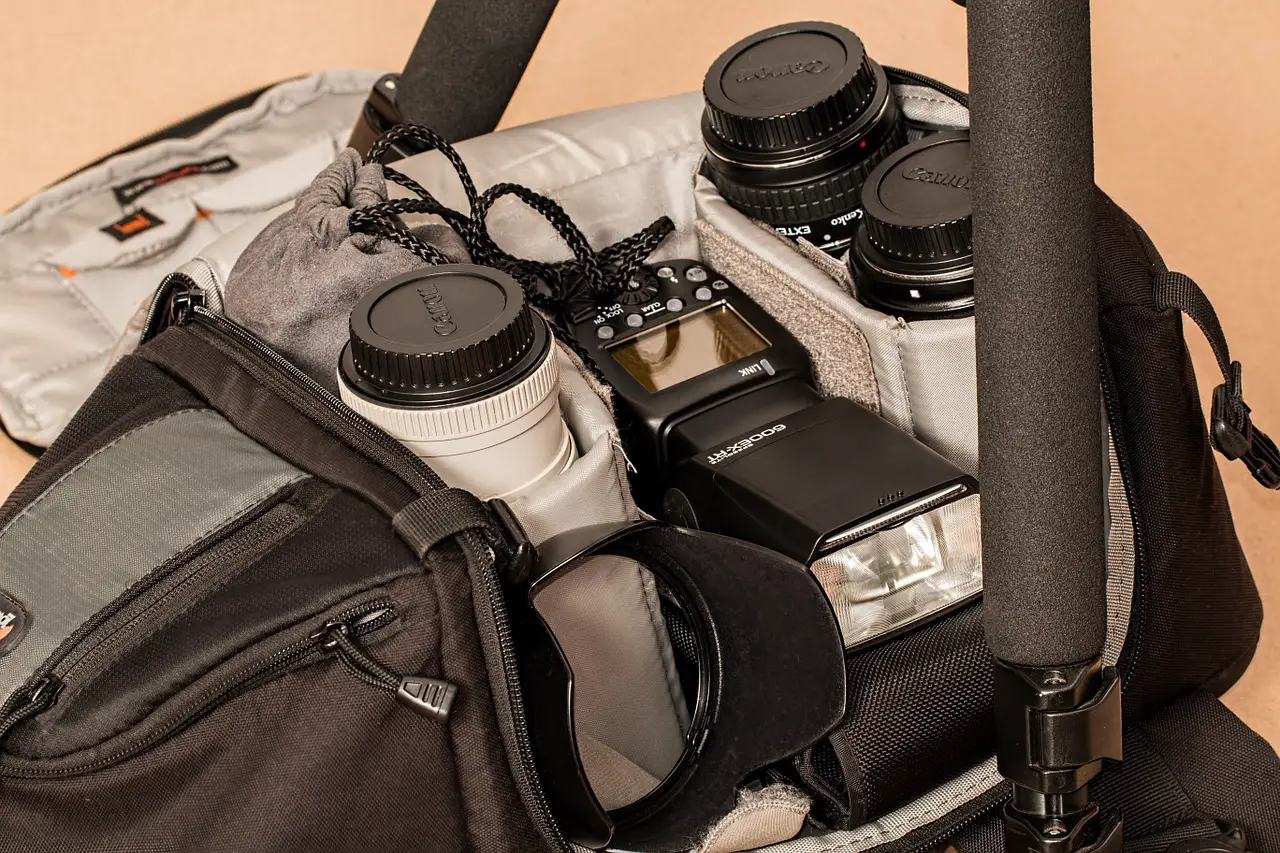Heat Stroke First Aid Tips You Need to Know
 Heat Stroke First Aid Tips You Need to Know
thegearhunt.com
Heat Stroke First Aid Tips You Need to Know
thegearhunt.com
The absolute most serious form of injury from heat is a heat stroke. It is considered to be a medical emergency. If you or someone near you has this condition, which is also called sunstroke, you should immediately call 911 and then give the victim first aid until emergency responders arrive.
Heat stroke is dangerous. It can cause damage to internal organs and the brain. Even though it typically affects people of age 50 and over, it can also happen with younger athletic people.

This condition typically occurs as a sort of progression from some of the milder illnesses that are heat-related – like heat exhaustion, heat syncope (which means fainting), and heat cramps. However, it has also been known to strike people who had no signs at all of other types of injuries from the heat.
Heat stroke occurs when people have long exposure to temperatures that are high, and it is usually combined with dehydration. This leads to the temperature control system in the body failing. When it comes to a medical definition of this condition, it is when the core temperature of the body reaches a temperature that is over 104°F. This causes complications that involve the central nervous system and occurs after being exposed to high temperatures for long periods of time. Some of the common symptoms include things like disorientation, confusion, seizures, nausea, and at times, even a loss of consciousness and coma.
Symptoms of Sun Stroke
The major identifying symptom of this injury is having a body temperature that is more than 104°F. However, fainting might be the first visible sign. Some of the other symptoms include things like:
- Throbbing headache
- Not sweating regardless of the heat
- Muscle cramps or weakness
- Rapid heartbeat – regardless of whether it is strong or weak
- Changes in behavior – such as staggering, disorientation, or confusion
- Unconsciousness
- Light-headedness or dizziness
- Dry, hot, and red skin
- Nausea and vomiting
- Shallow, rapid breathing
- Seizures

First Aid
When you think that someone near you is suffering from heat stroke, call 911 as soon as possible or take them straight to the nearest hospital. Any sort of delay in terms of getting medical assistance can prove to be fatal.
While you are waiting for the first responders to get there, you need to begin first aid. The first thing you will need to do is to get the victim to a place where there is air conditioning. If this isn’t possible, at least get them under a bit of shade, and take any unnecessary clothing off of them.
If you are able to, take their core body temp and begin first aid to try to get it down to 102 or 101°F. If there isn’t a thermometer available, just start with the first aid.
Try these strategies for cooling the victim down:
- Fan air over them while also wetting their body down with water from a garden hose or sponge.
- Immerse them in a tub or shower with cool water.
- Apply ice to the patients back, neck, groin, and armpits. These areas are all rich with blood vessels that are close to the skin and cooling them might help to bring the temperature down.
- If the victim is young and otherwise healthy, and suffered this malady during vigorous exercise, known as exertional heat stroke, if you can get them into an ice bath, this can also help to cool their core body temperature.
Never use ice on patients who have a chronic illness, young children, or older people, or on anyone who is suffering this as a result of vigorous exercise. Doing this can be extremely dangerous.
If the first responders are delayed, call the nearest hospital and ask for the emergency room. When you get them on the phone, ask for any additional things that can be done before the first responders arrive.
Risk Factors
 Sunstroke will most likely occur in older people who live in homes or apartments that don’t have a good airflow or air conditioning. There are a few other groups that have a high risk, and these include those who drink excessive alcohol, have a chronic disease, and those who don’t drink enough water.
Sunstroke will most likely occur in older people who live in homes or apartments that don’t have a good airflow or air conditioning. There are a few other groups that have a high risk, and these include those who drink excessive alcohol, have a chronic disease, and those who don’t drink enough water.
This condition relates strongly to the heat index. The heat index is basically described as how hot you can feel when the effects of the temperature of the air and the relative humidity are combined. If the relative humidity is 60% or higher, it can hamper the evaporation of sweat, and this messes with the ability of the body to cool itself.
The risk of illnesses related to heat increases dramatically when that heat index goes to 90°F or higher. This means that it is critical – more so during heat waves – to pay close attention to the heat index that is reported and to keep in mind that exposing yourself to total sunshine can increase that reported index by as much as 15°.
If the area where you live is one that is urban, you might be prone to developing this malady during prolonged heat waves. This is particularly true when the air quality is poor, and the atmospheric conditions are stagnant. This is called the heat island effect. Concrete and asphalt store up heat during the day, and they release it gradually when the sun goes down. This results in temperatures that are higher.
There are, of course, other factors that are associated with illnesses related to the heat. They include:
Age. Children up to the age of 4 and those adults who are over the age of 65, are incredibly vulnerable due to the fact that their bodies adjust to the heat much more slowly than people whose age falls in between.
Health conditions. These can include sunburn, alcoholism, sickle cell, mental illness, high blood pressure, under or over weight, and kidney, lung, or heart disease, or any other conditions that can cause fever.
Medications. These can include medicines like antihistamines, diuretics, tranquilizers, seizure medications, diet pills, sedatives, stimulants, blood pressure and heart medications, and medicines for a variety of psychiatric maladies like antipsychotics and antidepressants. Also, illegal drugs like methamphetamines and cocaine have been associated with an increase in the risk of heat stroke.
People who have diabetes already have an increased risk of visits to the emergency room and even hospitalization, might be especially likely to not take their risk of heat stroke seriously during heat waves. This is according to a study that was presented at the annual meeting of the Endocrine Society. It was performed by researchers at the Mayo Clinic located in Arizona, in conjunction with the National Weather Service and NOAA, the National Ocean and Atmospheric Administration.
You should check with your physician to find out if your medications and/or conditions might have an effect on your ability to cope with humidity and heat that are extreme.
Teens, Infants, and Children
 When it comes to those with the largest risk of heat stroke, that goes to the elderly. However, children and infants are also among those who are at risk. Specifically, young children or infants who are left in locked vehicles can quickly suffer from a heat-related illness, since the temperature inside the vehicle can get to levels that are dangerous even when the weather is moderate. There have also been a few cases of infants and babies dying from heat stroke when they were covered too much right in their cribs. It is vastly important that parents know and understand the dangers that are inherent with leaving kids alone in cars – regardless of the other safety risks that imposes.
When it comes to those with the largest risk of heat stroke, that goes to the elderly. However, children and infants are also among those who are at risk. Specifically, young children or infants who are left in locked vehicles can quickly suffer from a heat-related illness, since the temperature inside the vehicle can get to levels that are dangerous even when the weather is moderate. There have also been a few cases of infants and babies dying from heat stroke when they were covered too much right in their cribs. It is vastly important that parents know and understand the dangers that are inherent with leaving kids alone in cars – regardless of the other safety risks that imposes.
Additionally, our cars always need to be locked when they aren’t being used so that kids won’t climb in and accidentally get trapped.
When it comes to children who are older and teens, heat-related illnesses such as heat stroke have been associated with athletes who do their training in environmental conditions that are hot. When it comes to heat-related illnesses that have been reported for high school athletes in the US, most of them happen during the month of August with football players.
Heat Stroke Prevention
When the heat index gets high, it is always best to remain in an environment that is air-conditioned. If you absolutely have to go outside, you might be able to prevent a heat stroke by taking the following steps:
- Wear clothing that is loose fitting, light colored, and lightweight, along with a hat that has a wide brim.
- Use sunscreen with an SPF that is a minimum of 30.
- Drink a lot of fluids. In order to prevent dehydration, you should drink a minimum of 8 glasses of water, vegetable, or fruit juice each day. Illnesses that are heat-related can also result from a depletion of salt, so it is advisable that you drink sports drinks with electrolytes in periods of extreme humidity and heat.
- Be careful when you are working or exercising outside. The typical recommendation is to ingest a minimum of 24 ounces of some sort of drink at least 2 hours before you exercise and supplement that with another 8 ounces of sports drink or water right before you begin. While you are exercising, you need to consume 8 ounces of water every 20 minutes, even when you aren’t thirsty.
- Cancel or reschedule activity outside. If at all possible, move the times you need to be outside to cooler parts of the day, which are typically after sunset or in the early hours of the morning.
Here are a few more strategies to prevent a heat stroke:
Watch the color of your urine. A sign of dehydration can be darker colored urine. Make sure that you drink enough fluids to keep the color of your urine very light.
Weight yourself both before and after any sort of physical activity. Monitoring your weight this way can help to determine how much fluid you lost so that you will be able to replace it.

Stay away from drinks that contain alcohol and caffeine. This is due to the fact that both of these substances can cause you to lose fluids faster and can worsen illnesses that are related to heat. Additionally, avoid taking any salt tablets.
Have a conversation with your physician before you increase your intake of fluids, especially if you have liver or kidney disease, heart disease, epilepsy, are on a diet that restricts fluids, or have issues with the retention of fluid.
If you happen to live in a house or apartment that doesn’t have any sort of air conditioning, try to spend a little time, at least 2 hours each day, in an environment that is air-conditioned. When you are at home, draw the blinds, shades, or curtains when the day is at its hottest, and open a few windows during the night on two different sides of your home so that there is a bit of cross ventilation.
If you happen to be a senior citizen, and you can’t afford to run or buy an air conditioner, you can check with the local branch of the Area Agency for Aging for a variety of programs that might be able to assist you. One program of this nature is LIHEAP, or the Low-Income Home Energy Assistance Program.
Home Remedies
 If the heat has got you down, you don’t need to go and pop any sort of pills. There are a couple of natural remedies that you can try in an effort to feel better and beat the heat.
If the heat has got you down, you don’t need to go and pop any sort of pills. There are a couple of natural remedies that you can try in an effort to feel better and beat the heat.
Onion Juice. This is an excellent remedy when it comes to treating heat stroke. Many Ayurvedic practitioners say that this needs to be the very first thing you reach for. Apply it behind your ears as well as on your chest to bring your body temperature down. When it comes to therapeutic uses, the juice of the onion is quite desirable. You can also roast an onion with honey and cumin to eat. Raw onions used in salads or chutneys have also been known to cool the core body temperature.
Plums are a fantastic source of antioxidants and they are also known to be extremely hydrating. The antioxidants of the plum also lend anti-inflammatory properties that aid when it comes to soothing inflammation that is internal and can be caused by a heat stroke. Just soak a few plums in water until they get soft. Then just mash them right in the water before straining it. Drink the plum water as a remedy for sunstroke.
Heat Stroke Outlook
Once you have recovered from a sun stroke, you will more than likely be quite sensitive to higher temperatures for at least a week. It will be best if you avoid being outside when it is hot, as well as strenuous exercise until your physician lets you know that it is safe for you to go back to your normal activities.
Sources
- Mayo Clinic, Heatstroke: First Aid
- NFTI, Heat Stroke
- You Tube, Basic First Aid Tips: How to Treat a Heat Stroke
- St. John Ambulance, Heatstroke















